The 1-3-4-3 formation with a diamond-shaped midfield is a popular setup in field hockey, providing a strong balance between defense and attack. Here's a breakdown of each position:
1 - Goalkeeper:
- Positioned in front of the goal to prevent the opposition from scoring.
- Primary responsibilities include saving shots on goal, directing defenders, and distributing the ball to teammates.
3 x Defenders:
- Positioned in front of the goalkeeper to protect the defensive zone and help fullback in double defence and transfer the ball position (Sweeper - Very important position)
- Responsibilities include intercepting passes, tackling opposing players, and distributing the ball to midfielders or forwards.
- The central defender typically plays a pivotal role in organizing the defense and initiating attacks.
4 x Midfielders (Diamond Shape):
- Positioned between the defense and attack to support both areas of the field.
- The diamond-shaped midfield typically consists of one defensive midfielder (the base of the diamond), two central midfielders, and one attacking midfielder (the tip of the diamond).
- The defensive midfielder focuses on breaking up opposition attacks and distributing the ball to teammates.
- The central midfielders contribute both defensively and offensively, linking defense with attack and providing passing options.
- The attacking midfielder is responsible for creating scoring opportunities, linking up play between midfield and attack, and supporting the forwards.
3 x Forwards:
- Positioned at the front line to create goal-scoring opportunities and put pressure on the opposition's defense.
- Responsibilities include receiving passes, taking shots on goal, and creating space for teammates.
- The forwards work in coordination with the midfielders to maintain possession and create attacking opportunities.
Overall, this formation emphasizes control of the midfield, with the diamond shape providing options for quick passing and fluid movement between defense and attack. It requires players to be versatile, with midfielders capable of both defensive duties and contributing to the attack. Additionally, effective communication and teamwork are essential for success in this formation.
Coaching points for the 1-3-4-3 diamond-shaped midfield formation in field hockey focus on specific tactics, player positioning, and overall strategy. Here are some key coaching points:
1. Positional Awareness:
- Emphasize the importance of maintaining proper positioning according to the formation. Players need to understand their roles and responsibilities within the team structure.
2. Ball Retention:
- Encourage players to prioritize possession and maintain control of the ball. This includes making accurate passes, using close control to evade opponents, and supporting teammates to keep possession.
3. Communication:
- Stress the need for effective communication among players. This includes verbal communication to coordinate movements, signal intentions, and provide support, as well as non-verbal cues such as hand signals and body positioning.
4. Transition Play:
- Teach players how to quickly transition between defense and attack. This involves recognizing moments to counter-attack when possession is won back and organizing defensively when the team loses the ball.
5. Defensive Shape:
- Ensure that defensive players maintain a compact shape to deny space to the opposition. This includes staying close to each other to cover passing lanes, shifting as a unit to pressure the ball, and providing cover and support to teammates.
6. Pressing and Intercepting:
- Teach players how to effectively press the opposition to regain possession. This involves coordinated pressure on the ball carrier, anticipation to intercept passes, and timing tackles to disrupt opposing attacks.
7. Midfield Movement:
- Emphasize dynamic movement and interchangeability among midfielders. Players should rotate positions, create passing angles, and provide options for teammates to maintain fluidity in midfield play.
8. Creating Overloads:
- Encourage players to create numerical advantages in key areas of the field, particularly in midfield. This can be achieved through smart positioning, off-the-ball movement, and quick passing to overload one side of the field or exploit gaps in the opposition's defense.
9. Attacking Patterns:
- Work on specific attacking patterns and movements to break down the opposition's defense. This includes practicing combinations between midfielders and forwards, utilizing width and depth in attack, and exploiting space behind the defense with well-timed runs.
10. Set Pieces:
- Develop set-piece routines for attacking opportunities such as penalty corners, free hits, and aerial balls. Players should be well-drilled in their roles and movements to execute set pieces effectively and capitalize on scoring chances.
By focusing on these coaching points, players can effectively implement the 1-3-4-3 diamond-shaped midfield formation and maximize their performance on the field.
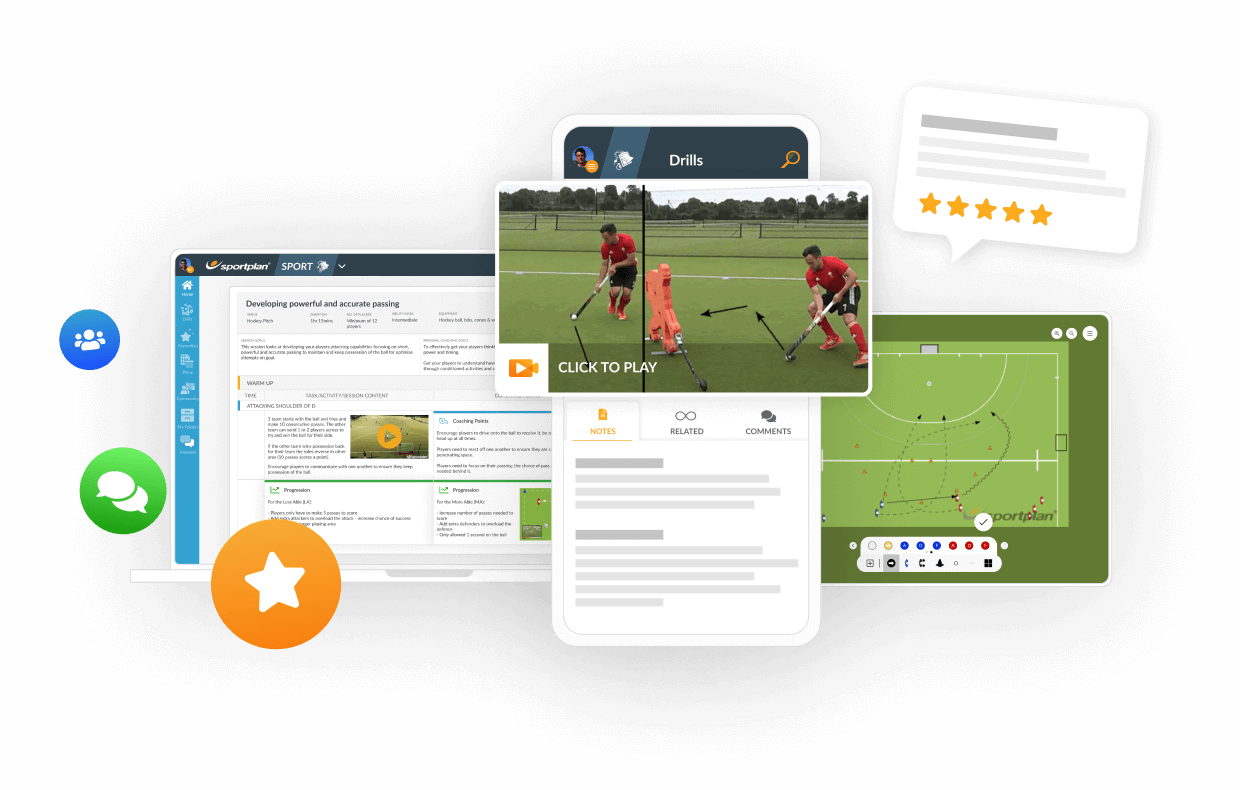
in more ways than one
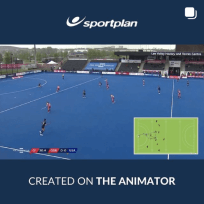
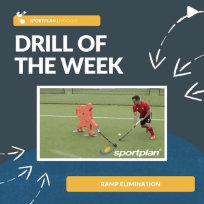
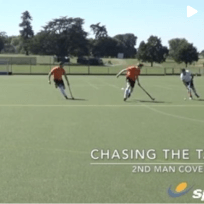

in more ways than one




From mandatory safety equipment to evolving tactical systems and player-centred coaching methods, field hockey is transforming. Here's what every coach needs to know for 2026.
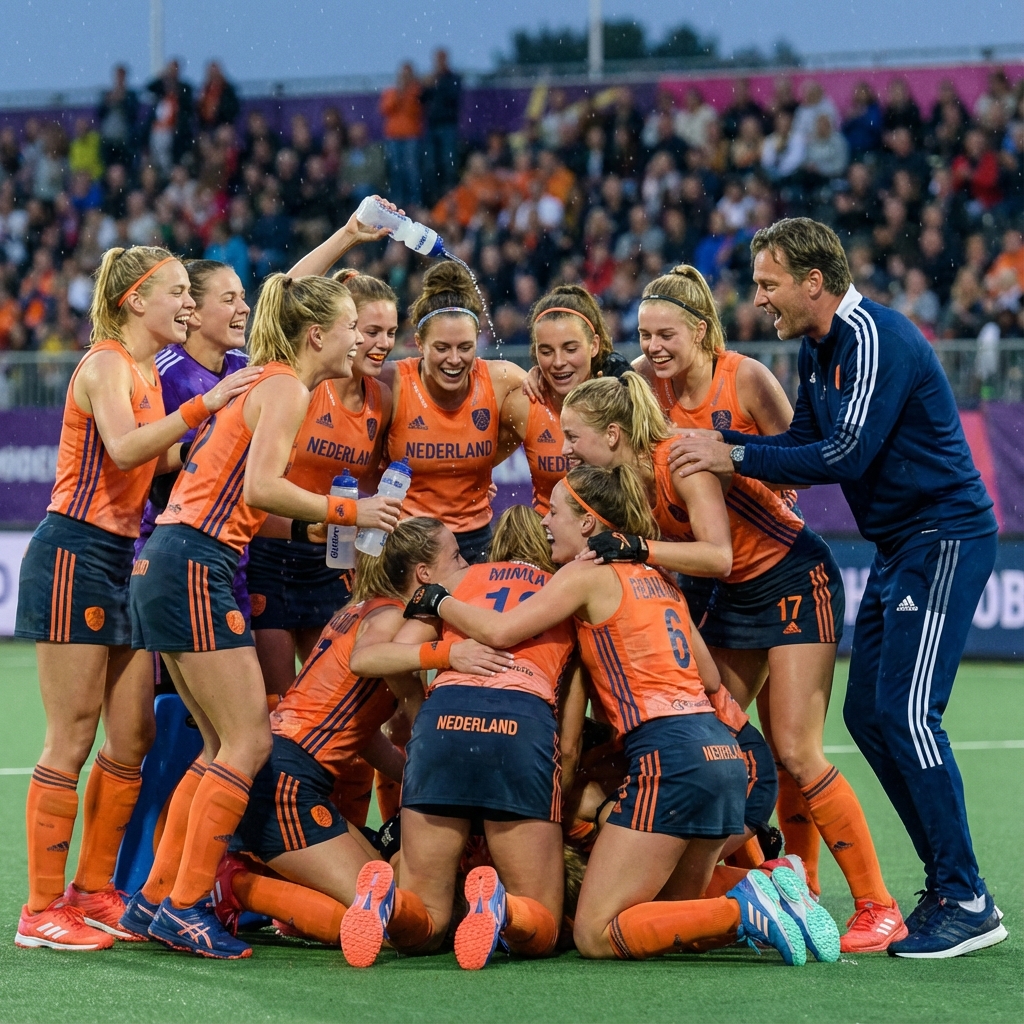
The Netherlands made history at Paris 2024 with the first-ever golden sweep. Here's what coaches at every level can learn from their dominance.
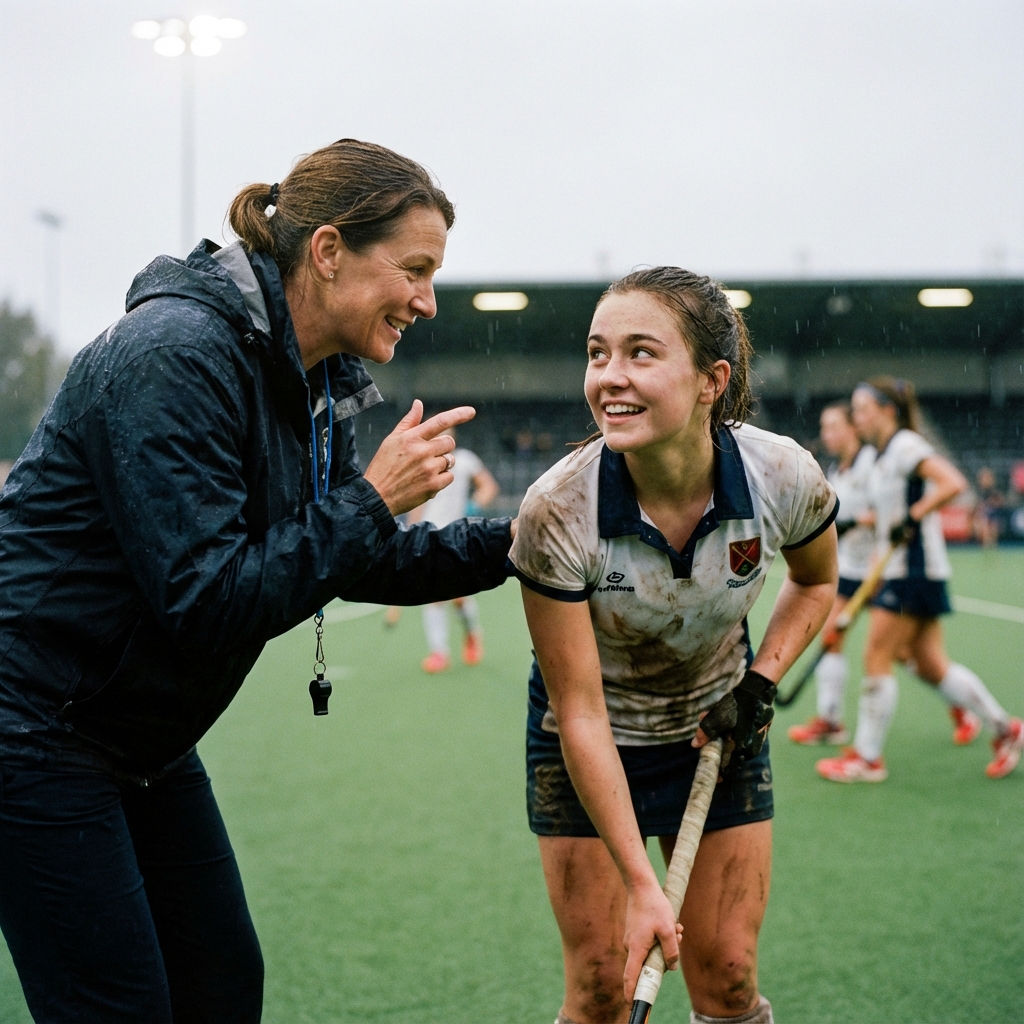
The best coaches build more than skills - they build connections. Learn how trust-based relationships transform team performance.